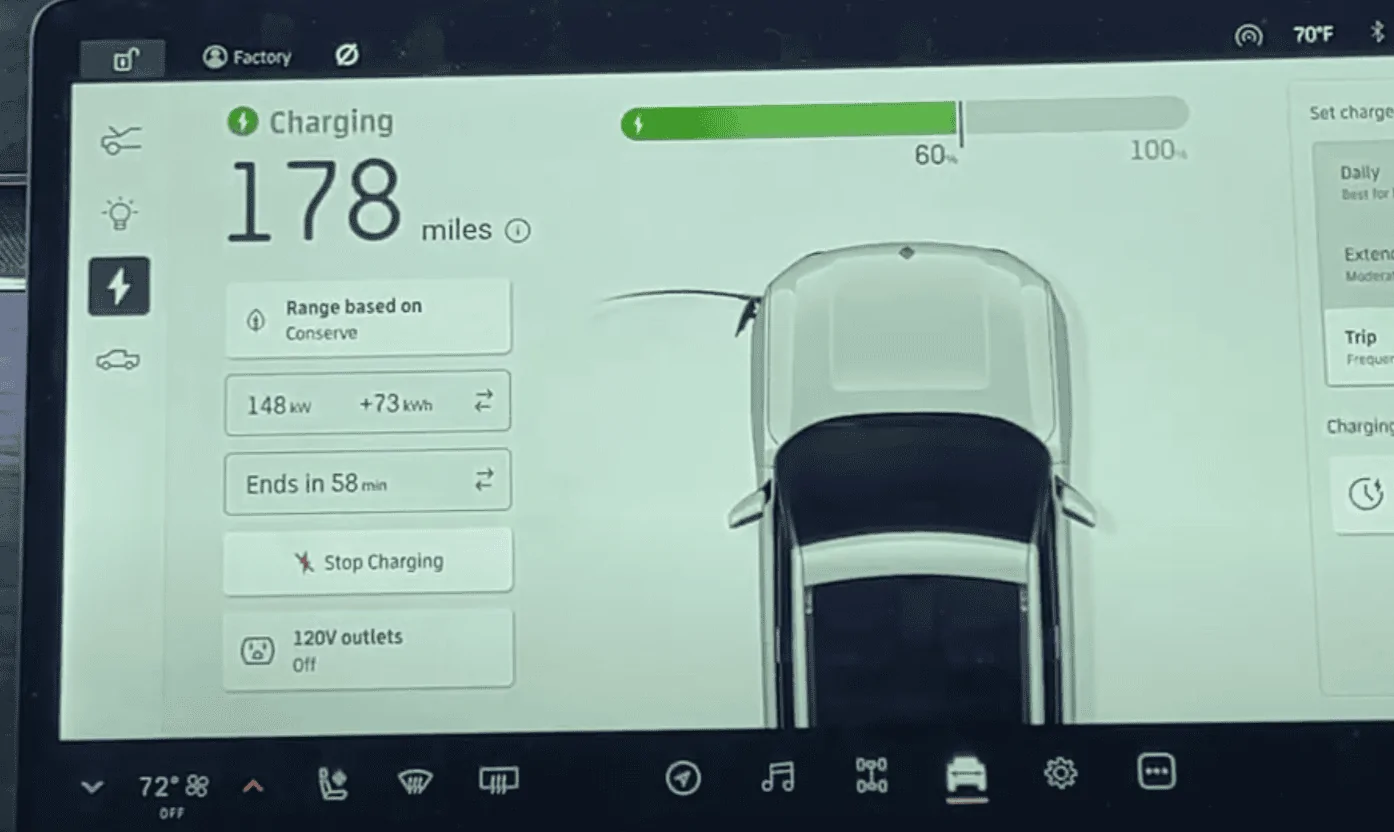LightningShow
Well-known member
A charge curve would be helpful..we all don't have the option of stopping at exactly 15% or charging to 80%. You have to work stops along a road trip.
Lets say you need to stop for lunch and you can either stop at 70% battery or drive a bit further down the road and charge at say 40%(or 30%). In either case you're gonna spend 15min at a fast food joint to grab a burger and take a restroom break.
It would be good to know if the curve (charging speed) drops at 50%, or if it continues at a fairly good clip to 80%(even 90%). This helps you get the max power during your stop so you can reduce dwell time on down the road.
This is the right question. If the charge rate drops to 50kW at 70% then it can either change your route planning, force you to stop twice or make a longer stop to get from 70-90% as opposed to waiting until later and stopping for a 10-30% charge.
Sponsored



